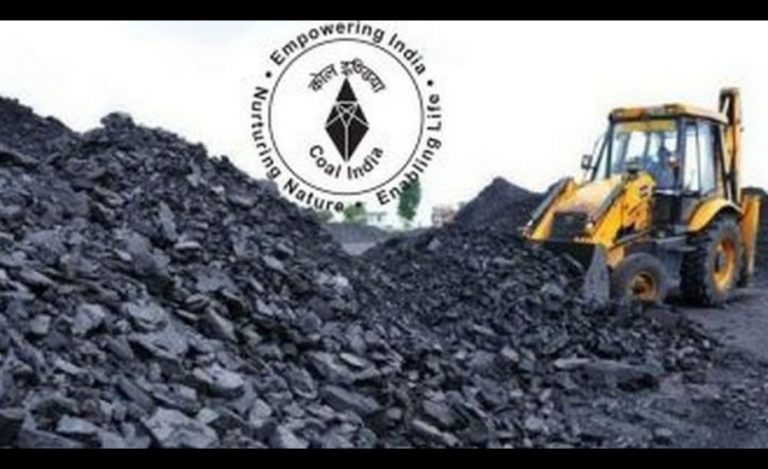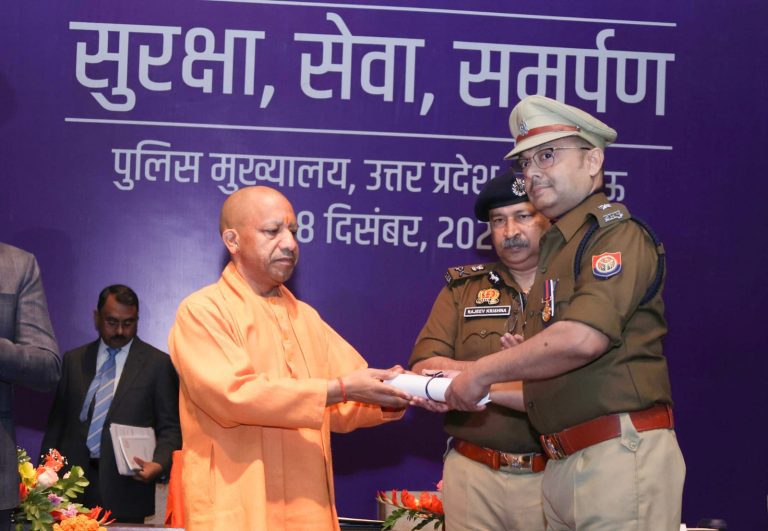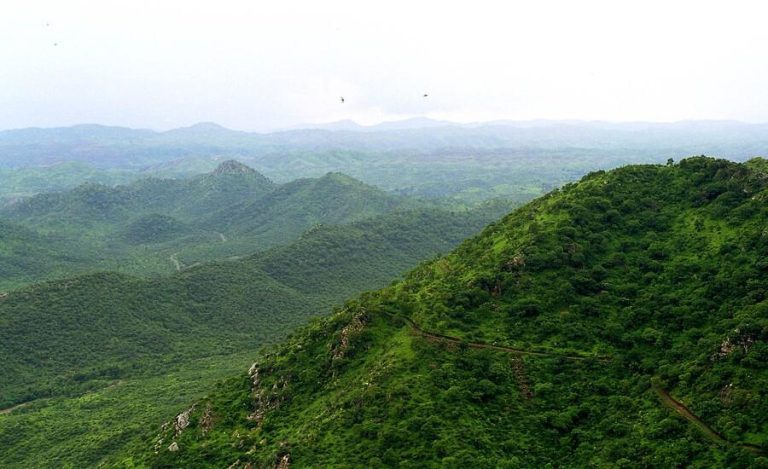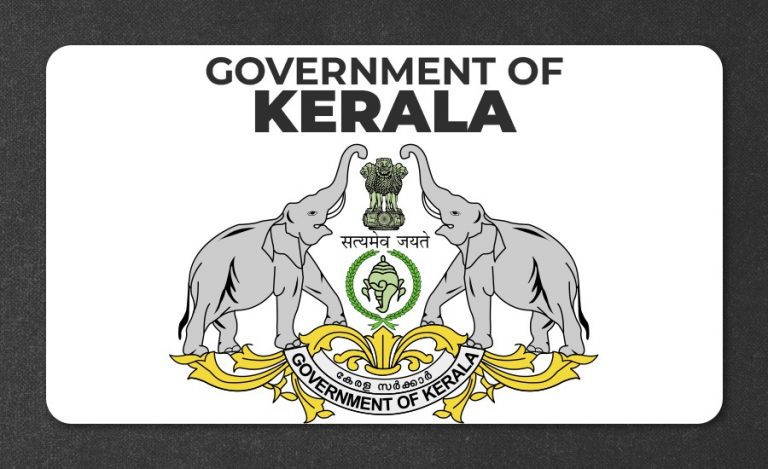New Delhi: The Ministry of Earth Sciences (MoES), through the National Centre for Coastal Research (NCCR), has completed an extensive survey assessing microplastic and marine debris levels along India’s coastline from 2022 to 2025. The findings were shared in Parliament by Dr. Jitendra Singh, Union Minister of State for Earth Sciences.
The study covered both east and west coasts surveying 19 transects from Porbandar to Kanyakumari and 25 transects from Puri to Tuticorin. Key sources of microplastic pollution were identified as riverine discharge and abandoned, lost, and discarded fishing gear (ALDFG).
Beach Litter Trends Show Improvement
Annual assessments of beach litter are conducted during International Coastal Clean-Up Day under the “Swachh Sagar Surakshit Sagar” programme. These cover all coastal states and union territories. A notable finding from the assessments is the decline in plastic litter, which fell from 67% in 2018 to 43% in 2024. Most of this debris stems from tourism and recreational activities.
Detailed Studies Across Ecosystems
The National Institute of Oceanography (NIO), Goa, also carried out studies on microplastics in offshore sediments along the eastern Arabian Sea shelf. Surveys in the Mandovi-Zuari and Sal estuarine systems identified habitat-wise variations, with higher microplastic concentrations in sediments and benthic zones than in water columns and pelagic regions.
Research showed that mangroves, estuaries, and coral reefs are especially vulnerable to plastic accumulation. In Goa’s coastal mangroves, the average litter density stood at 5.14 ± 0.55 items/m², with plastics making up 66% of anthropogenic debris. Maharashtra’s mangroves recorded a higher average of 8.5 ± 1.9 items/m², with 83% of the litter being plastic.
Plastic Dominates Coral Reef and Island Zones
Underwater surveys conducted in the Mahatma Gandhi Marine National Park (Andaman & Nicobar Islands) revealed plastic as the dominant debris type, forming over 60% of the waste in coral reef zones. Similarly, the remote North Cinque Island reported plastic comprising 86% of the total litter.
In Mumbai’s intertidal coral habitats, marine debris density averaged 1.60 ± 0.13 items/m². Single-use plastic bags and wrappers emerged as the most common forms of plastic waste, accounting for 91.27% of total debris.
Policy and Public Mobilisation Efforts Underway
To address marine litter, MoES through NCCR has drafted a National Marine Litter Policy, which has been circulated among stakeholders for feedback. Over 250 beach clean-up events have been held by MoES institutions, collectively removing more than 150 tons of litter under initiatives like Swachh Sagar Surakshit Sagar, International Coastal Cleanup Day, and Swachhata Pakhwada.
Since 2018, NCCR has also undertaken extensive community-driven clean-up drives and awareness campaigns targeting students, fishermen, and coastal residents. These efforts follow a Citizen Science model to involve the public in marine conservation efforts and promote behavioral change regarding plastic use and disposal.



























